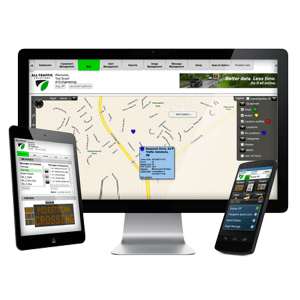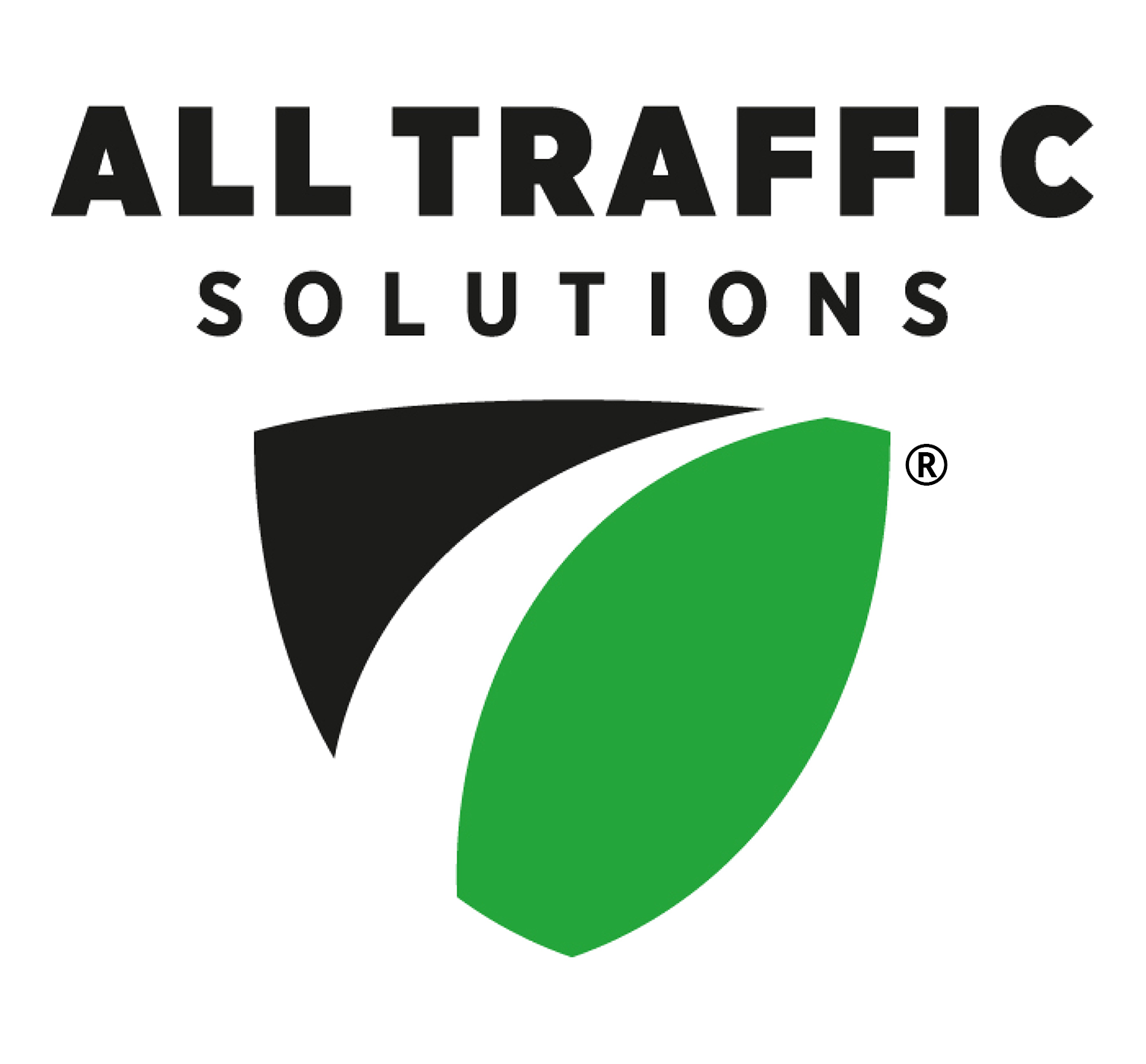From the whitepaper “Smarter Cities: 5 Ways to See Results in 2017” (Download now)
In our previous posts, we’ve discussed how properly ‘agile’ smarter transportation projects can provide results now while at the same time laying the foundation for long-term smart cities success, and how you can build a culture of Data-Driven Decision Making to Leverage up-to-the-minute data to manage your ever-changing traffic landscape, and reviewed some key initiatives in Smart Traffic Congestion, Smart Safety and Smart Parking.
Today we are walking through our fifth recommendation, Remote Cloud Management
With all this innovation comes new levels of complexity, as it takes considerable resources to manage, track and police your streets and highways as well as manage your parking facilities including municipal lots, gated spaces at hospitals and airports, and privately-owned parking garages.
The smart city vision involves enriching the quality of life by gaining data insight from interconnected sensors, devices, and people. Smart cities will leverage the Cloud to securely manage all their traffic and parking sensors and devices—as well as the continuous flow of data and images they transmit. These cities are investing now in cloud-based intelligent transportation systems to manage all their devices as well as collect, manage and distribute actionable traffic, safety, and parking data. 
Cloud solutions make it possible for devices to “talk” to each other, working in tandem to solve transportation-related issues in real time. The ideal solution is a single centralized, IoT-enabled ecosystem that allows multiple access levels, encrypted data stores and is accessible 24/7 from any Internet-ready device, regardless of its physical location.
Cloud-based intelligent transportation systems should be able to accommodate all devices, regardless of the manufacturer. For example, speed sensors manufactured by Company A should work with counters and message signs built by Company B, so they can “communicate” back and forth to exchange information and function as a unit.
Examples of how remote cloud management can be applied to intelligent transportation initiatives include:
- A wrong-way detection and alert system that utilizes traffic sensors to detect vehicles traveling the wrong way down highway entrance and exit ramps. The sensors transmit a signal to a message sign that alerts the driver with a flashing “Wrong Way” message as it simultaneously triggers text and email alerts to law enforcement for immediate action, as well as to upstream changeable message signs to warn approaching drivers. The system sends this information via a secure connection to log the date, time and location for reference and reporting.
- A parking notification system that uses LED indicator bollards at the end of each row of a parking lot that, turn green or red depending on availability, and send information to parking signs at lot entrances to notify vehicles where to find parking. Data is gathered by sensors and is used in the algorithms to determine the bollard color. Data collected then integrates with a mapping tool to generate a dynamic color-coded map displaying the entire location for monitoring and tracking.
- Cloud-based traffic and parking devices that interface directly with automated cars so these vehicles “know” the speed limit, what route to take, whether the light is red or green, who is turning in front of them, and where to find parking.
- High water sensors track the presence of water on a roadway, transmitting that information back to the cloud, which sends a message to a roadside message sign at the previous intersection directing traffic to another route, and letting them know how long the detour will take.
- A particular intersection in your town seems to always be backed up and it’s dangerous as well, with multiple traffic incidents over the past year. You deploy a remote ‘count and classify’ device that is connected to the cloud, that lets you see how many and what types of vehicles are passing, as well as their speeds. Within two weeks, you see an increase in speeding trucks on the roadway that were not there when you had your last traffic study, and you’re able to make modifications to the traffic flow to accommodate them.
A smart city could design and build a custom cloud–based intelligent transportation management system itself by employing a team of specialized IT professionals, but that would take valuable resources away from their main mission. Departments should focus on the solution for the citizens, not on the technology to make it happen. It’s a wise approach to start small, then expand and iterate from there—rather than try to change all your systems overnight.
A hosted system solves the problem and requires less investment because its developer, not the city, would be responsible for keeping the system operating, rolling out new versions of the software and updating hardware as necessary.
All Traffic Solutions leads the market in hosted Intelligent Transportation Solutions with TraffiCloud™, a cloud-based ecosystem that helps smart cities achieve total transportation safety management by linking together:
- Traffic sensors
- Roadside messaging – dynamic, variable, conditional
- Traffic data
- Mapping
- Imaging
- Reporting and analytics
- Alerts
- Enforcement
- Parking availability
Conclusion
There are many compelling reasons why municipalities—regardless of size— should adopt a “smart cities” approach by investing in a flexible, scalable intelligent transportation system that encompasses their safety, transportation, and parking needs, bearing fruit today and long into in the future. By adopting the five strategies and tactics in this paper, your municipality can take advantage of the best of the new technologies and innovative systems today so you can become a smarter city tomorrow, improving the quality of life for all your citizens.






